Julie Richoz - INTERVIEW Vol.2
Vol.1はこちらからご覧いただけます。
Julieは2022年にE&Yから「GINKGO」を発表しました。
GINKGOというのは銀杏の学名であり、日本語に由来しています。
1690年ごろ、博物学者のケンペルはヨーロッパでは絶滅したとされていた銀杏が日本で当たり前のように存在していることに気づきました。
その種子がヨーロッパへと持ち帰られたことで、現在のヨーロッパでも銀杏が見られるようになりました。

フランスのデザイナーであるJulie Richozはそのような銀杏の文化的背景から、大切な人への贈り物、そして日本へのお返しの品としてこのウォールフックをデザインしました。
"小さなウォールフックです。 自然の造形美へのロマンチックなウィンク。 秋のパリの雄大な銀杏の木との出会いの記憶でもあり、日本での愛情あふれる滞在の記念品です。 開いていた本に落ちた一枚の葉から、日本の伝統的な鋳物で作られた貴重な贈り物へ 。"
「GINKGO」をモチーフとしたきっかけやインスピレーションを受けたものなど、背景を教えてください。
ある秋の日、パリのビュット・ショーモン公園で、一面黄金色に染まった見事なイチョウの木に出会い、そこから、具象的なもの、具現化されたもの、そして贈り物にしたくなるようなものを描きたいと感じました。
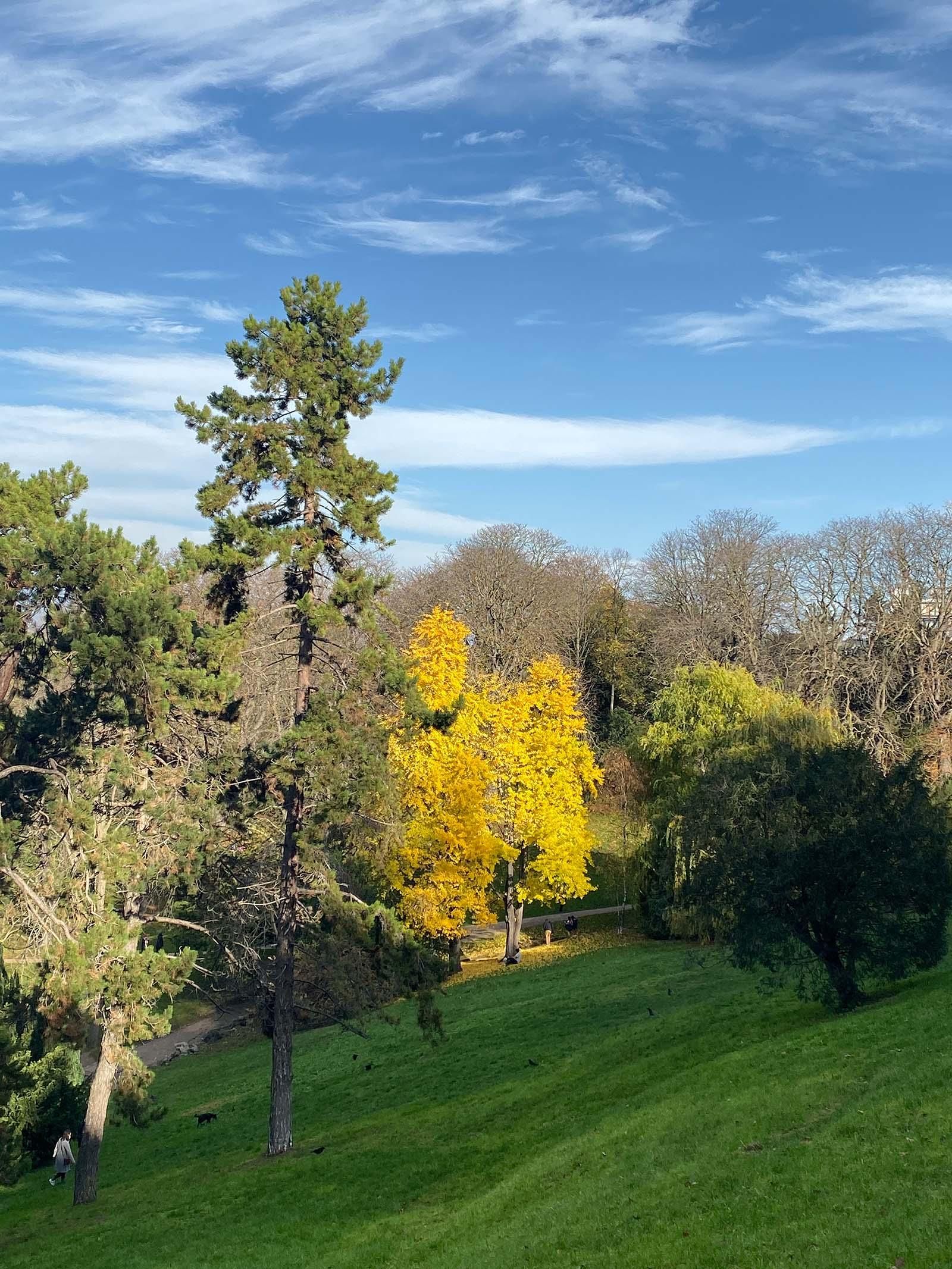
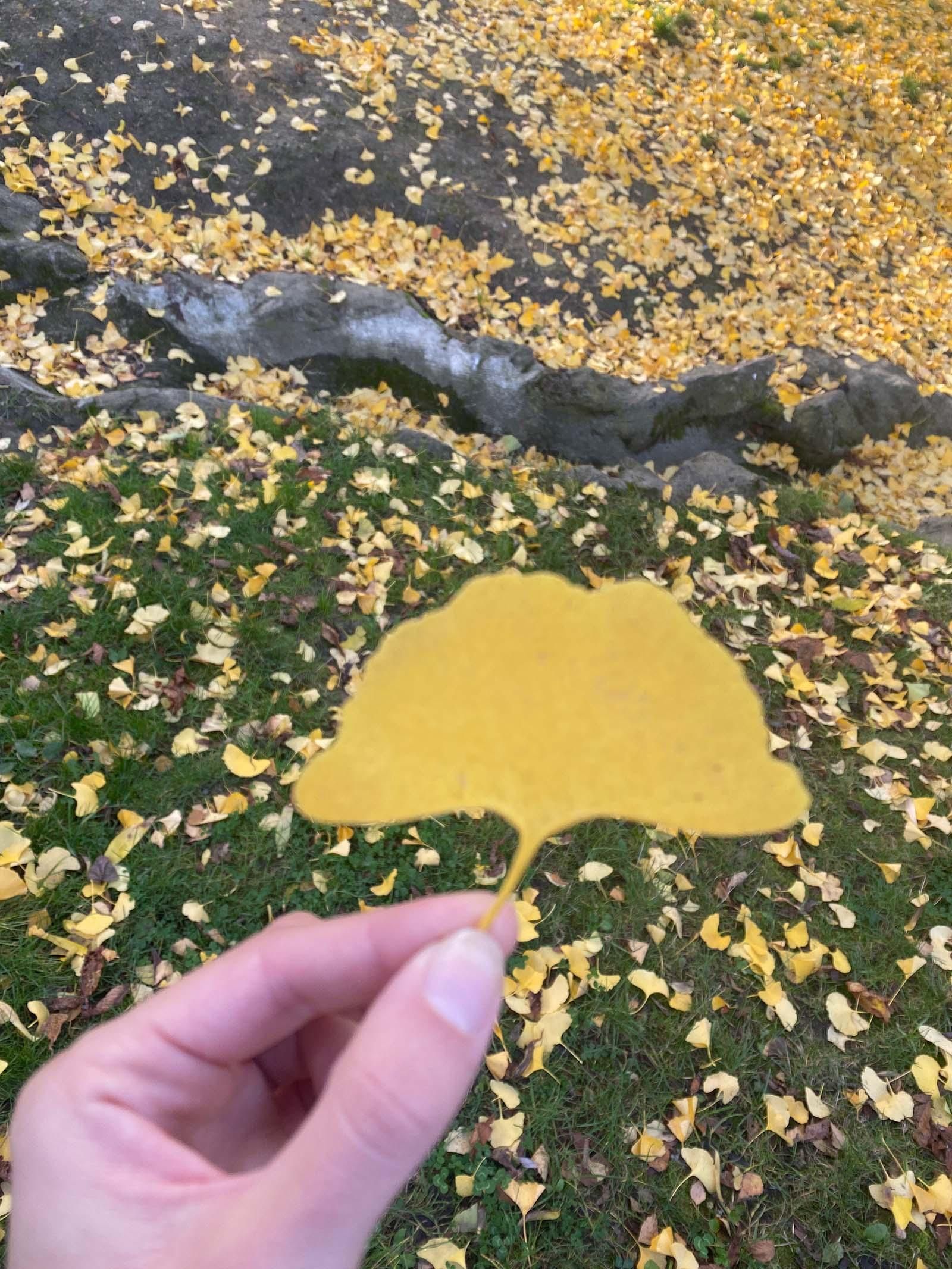
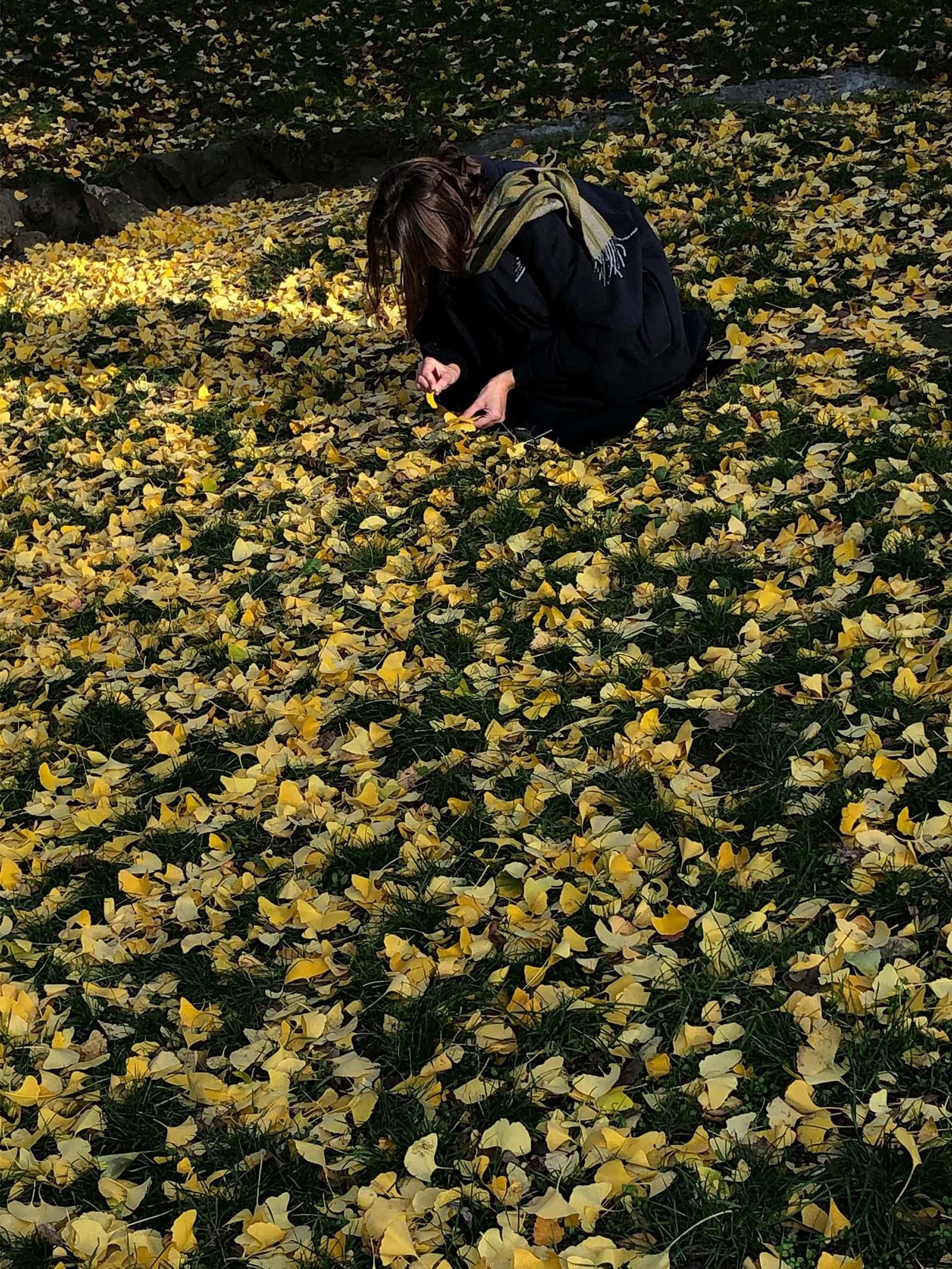
「GINKGO」はヨーロッパと日本における銀杏の歴史や日本の伝統的な鋳物という要素によって生まれています。
これまでJulieがデザインしてきた作品は素材や職人、技法に対しての探求と、それらの歴史に対しての尊重が感じられますが、ものをデザインし表現する上で、大事にしていることはありますか。
それが地元に根ざした小規模な生産であれ、より大きな工業的な生産プロセスであれ、常に私の実践は、何世紀にもわたって私たちとともに歩んできた伝統工芸や様式を探求し、再解釈することが背景にあります。
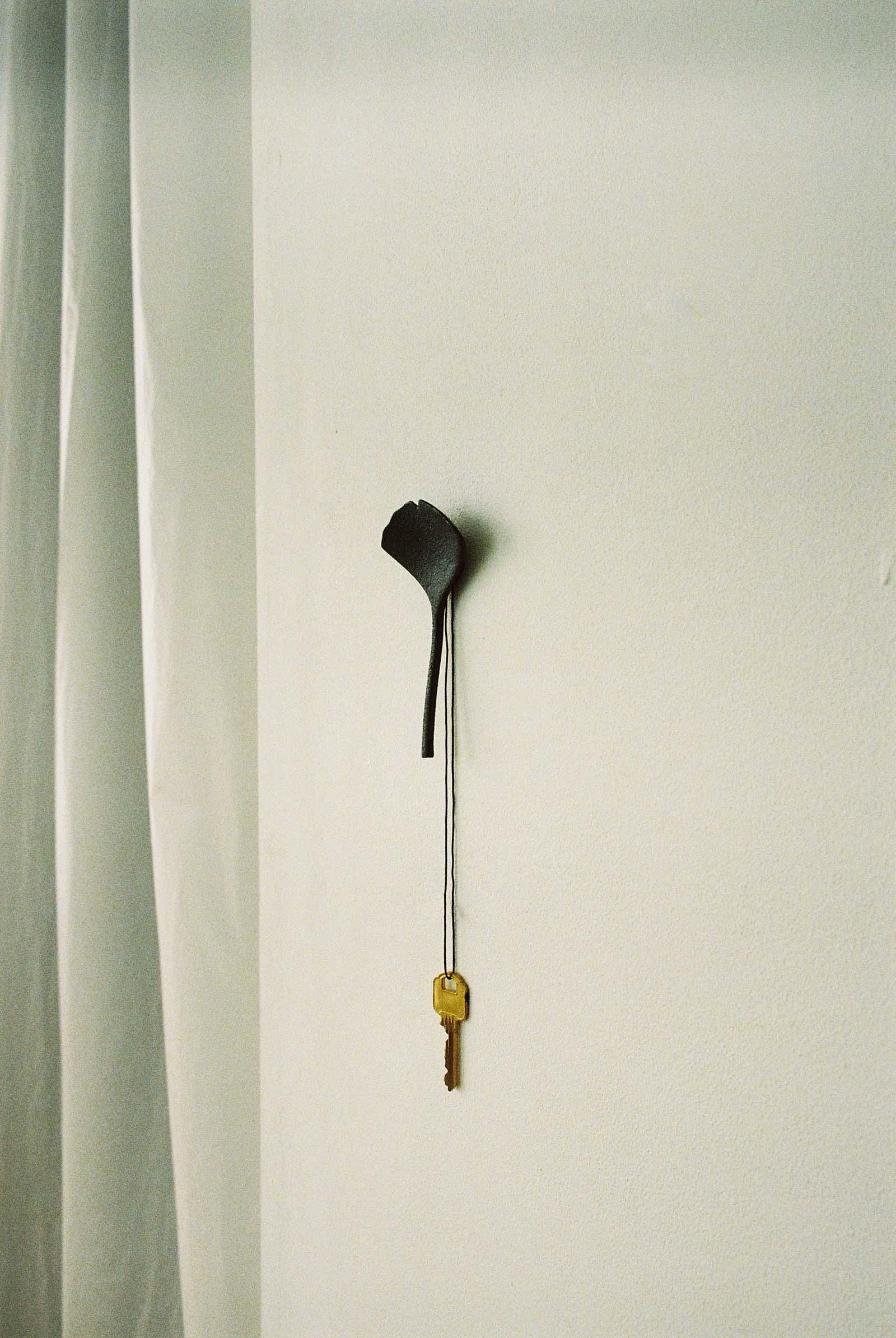
それは私にとって、モノが社会で果たす美しい役割(時代や文化を超えた、人と人とのコミュニケーションの形として)を称える方法でもあり、「GINKGO」はこのアプローチを見事に体現しています。
また、新たにものを生み出す際に、どのようなプロセスでデザインをしているのですか。
出発点はたくさんあります。 例えば、魅力的な質感を持つ木材をふんだんに使うなど、特定の素材を使いたいという願望があることもあれば、古典的なビストロ・チェアを現代的な用途に合うように再解釈するにはどうしたらいいかというように、馴染みのあるタイポロジーを見直すこともあります。
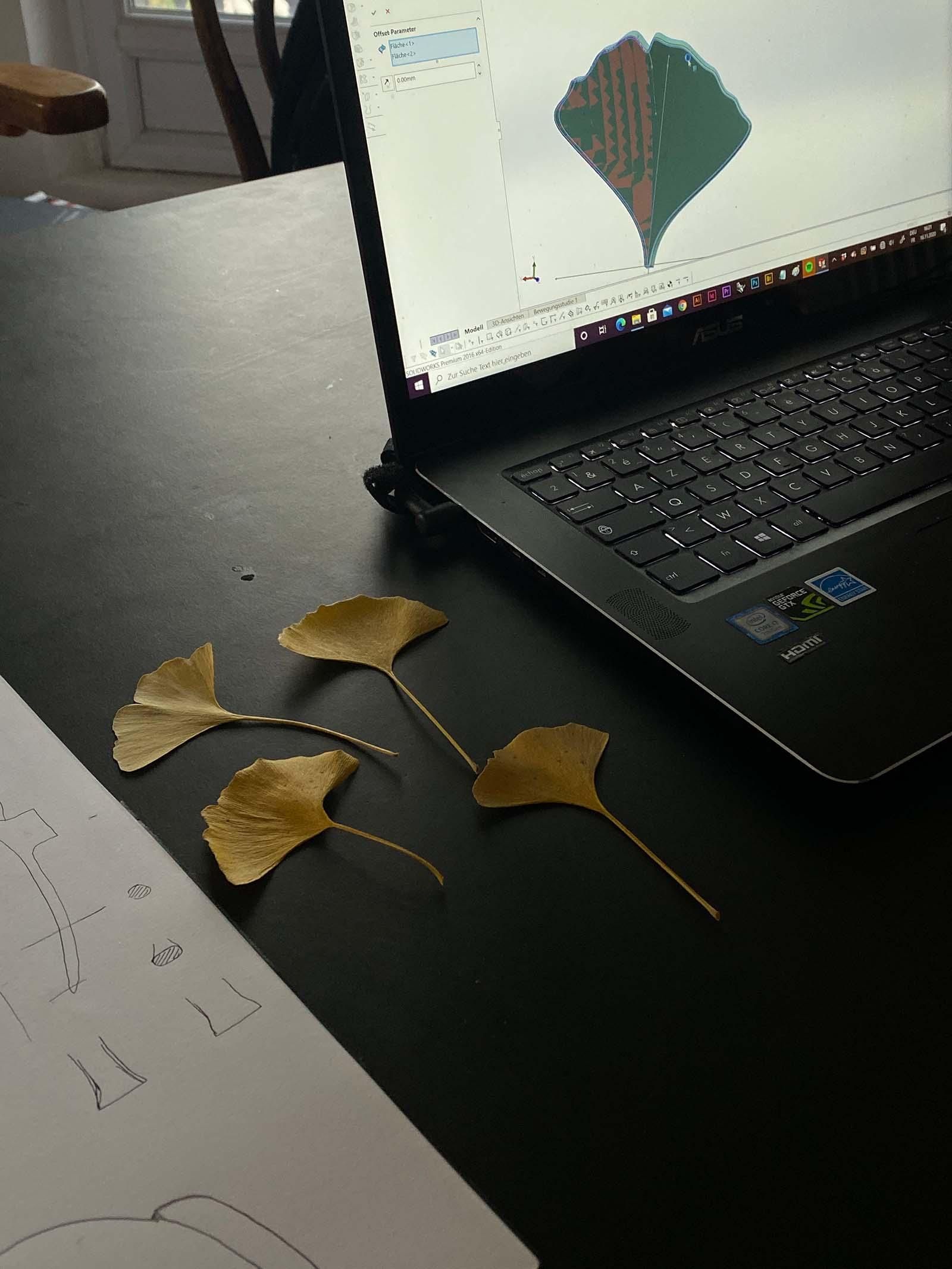
私は主に、一緒に仕事をする人々とアイデアを共有したり探求したりする手段として、よく絵を描きます。
そして、厚紙や3Dプリンターを使ってシンプルなモックアップを作り、1:1のスケールで、アイデアや人間工学、シルエットを検証します。
その後、最初のプロトタイプができ、最終的な形になるまで段階的に改良していきます。
2017年以降、出身大学でもあるECAL(ローザンヌ美術大学)で講師をされておりますが、若い世代の講師として、これからデザイナーを目指す学生は、何を学ぶ事が大切だと考えていますか。
最も重要なのは、ただ見るのではなく、先入観を持たずに、率直に、そして批判的な目をもって、物事を観察することだと思います。
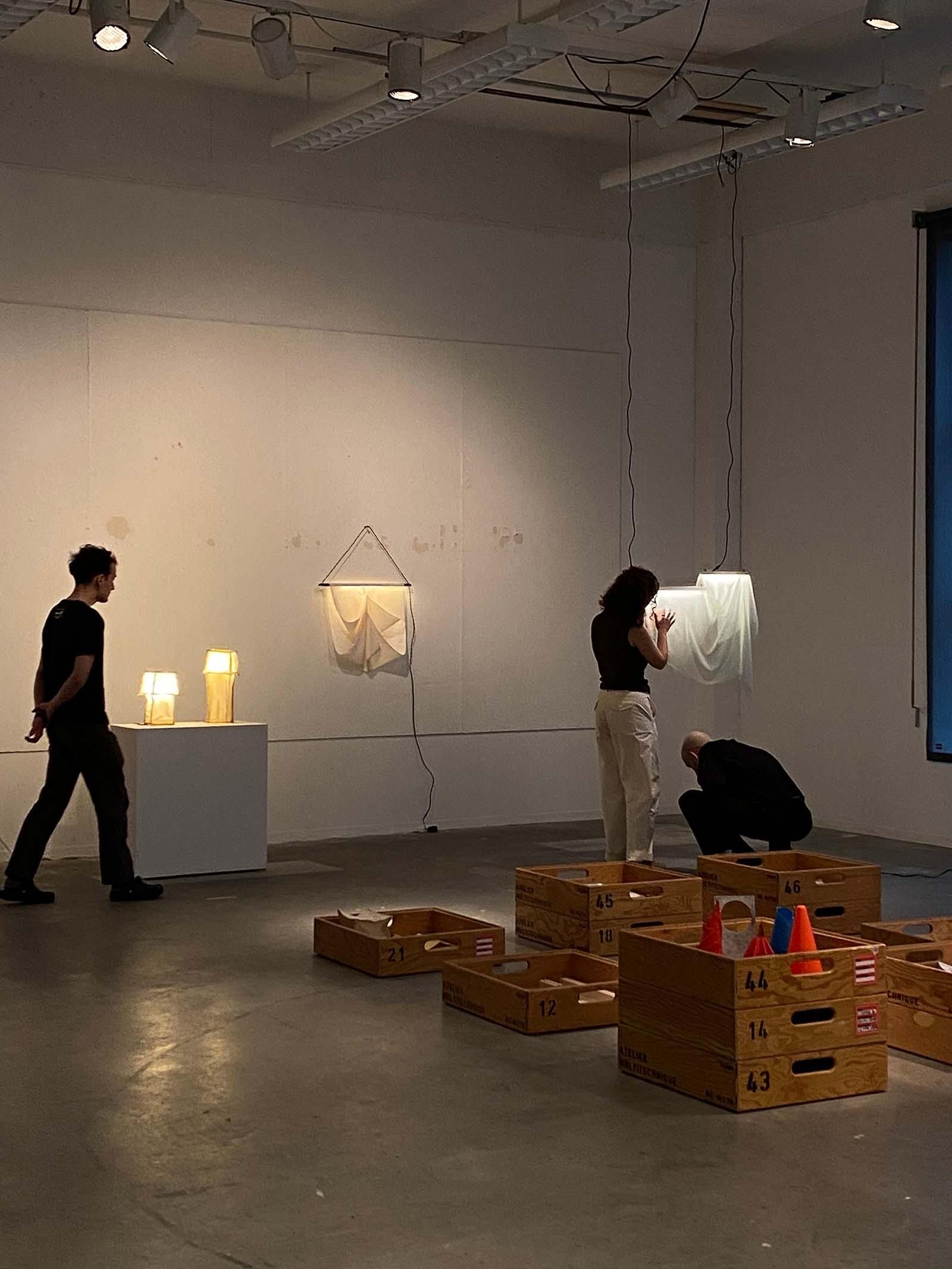
そして、なぜ物事はそのようになるのか?私は何をもたらすことができるのか?と疑問を持つことも必要です。私にとって、好奇心は成長をする上で何よりも大切な資質のひとつです。
今後デザイナーとして挑戦してみたいことや、今挑戦していることはありますか。
これまで携わったプロジェクトに感謝しています。
そして今は、椅子張りのファブリックメーカーのためにテキスタイルをデザインするのが夢です。
テキスタイルは私にとって非常に技術的で魅力的な素材であり、工芸品、製造技術、そして装飾的な仕上がりの間のつながりを見事に表現しています。
他の人が作った家具を装うために使われる素材をデザインするのは、とても美しいことだと思います。 ですが、驚かされたり、自分では思いつかないようなデザインに惹かれたりするのも大好きです。 挑戦することをとても楽しんでいます!
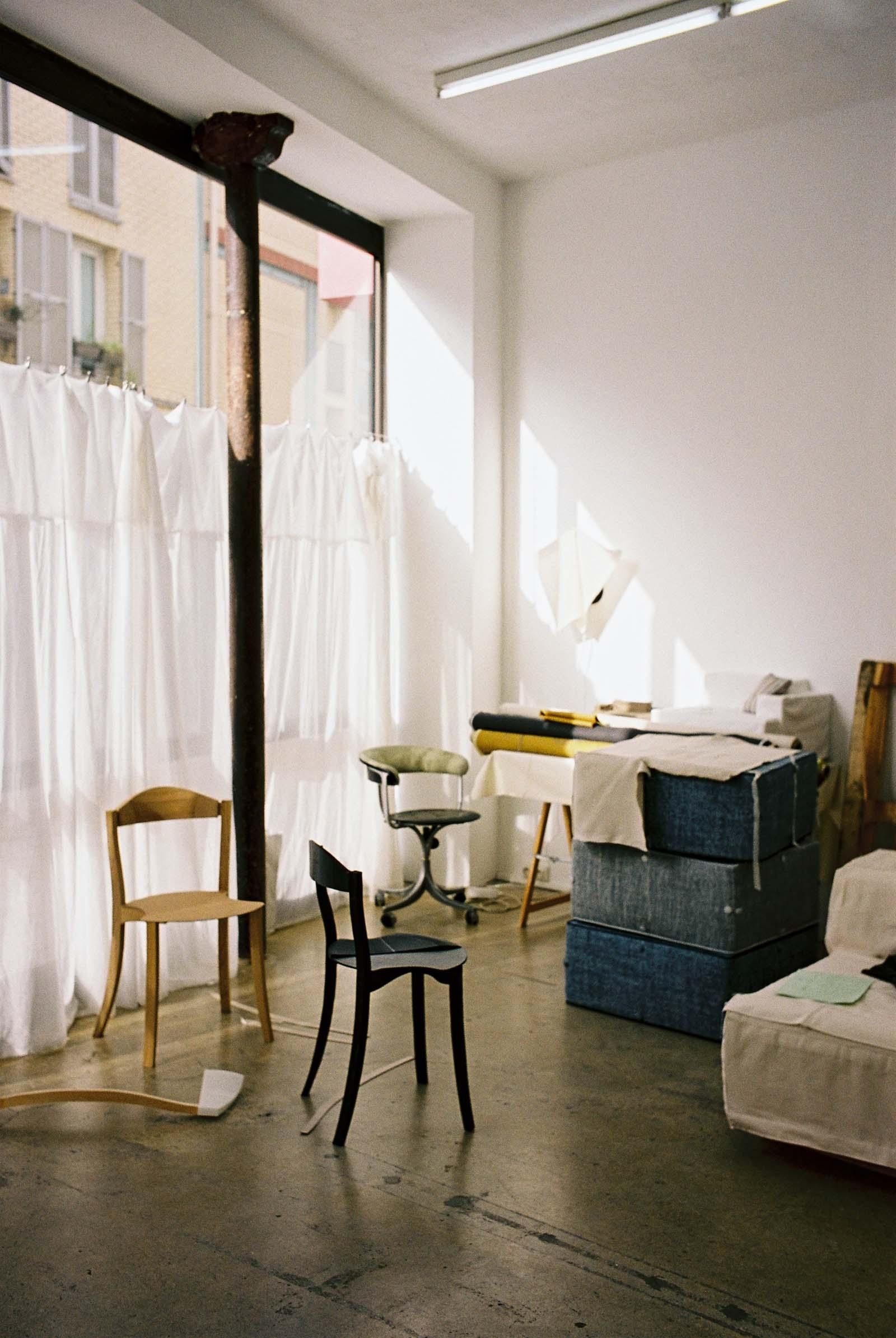
Julie Richoz - INTERVIEW Vol.2
Vol. 1 can be found here.
"GINKGO" from E&Y in 2022.
GINKGO is the scientific name for ginkgo, derived from the Japanese word.
Around 1690, the naturalist Kempel noticed that ginkgo trees, which were thought to be extinct in Europe, were commonplace in Japan.
The seeds were brought back to Europe, and ginkgo trees can be found in Europe today.

French designer Julie Richoz drew on this cultural background to design this wall hook as a gift for a loved one and as a return gift to Japan.
"A little wall hook, a romantic wink to the beauty of nature's forms, a memory of encounters with the majestic ginkgo trees of Paris in autumn, a souvenir of a loving stay in Japan. From a fallen leaf, carefully slid into a book, to a precious gift made of cast iron in the Japanese tradition."
Can you give us some background on the “GINKGO" motif and what inspired it?
It all started on an autumn day at Buttes-Chaumont park in Paris, where I came across a stunning ginkgo tree that had turned entirely golden.
I felt a desire to draw a figurative object—something embodied, something one would want to give as a gift.



"GINKGO" is born out of the history of ginkgo in Europe and Japan and the Japanese tradition of casting.
Julie's designs so far show an exploration of materials, craftsmen and techniques, as well as a respect for their history.
What is important to you when designing and expressing things?
Whether it’s in the context of small-scale production with local roots or a broader industrial manufacturing process, my practice often involves exploring and reinterpreting traditional crafts and typologies that have been with us for centuries.

To me, it’s also a way to celebrate the beautiful role that objects play in society—as a form of communication between people, across time and cultures. "GINKGO" embodies this approach beautifully.
Please let me know your process of the design when you design new project?
There are many possible starting points.
Sometimes there’s a desire to work with a specific material—for example, using generous sections of wood with sensual qualities—or to revisit a familiar typology: how can a classic bistro chair be reinterpreted to fit contemporary uses?

Then I draw, mostly as a way to communicate and search ideas with the peoples I work with. We create simple mock-ups using cardboard or 3D printing—always at a 1:1 scale—to validate the idea, the ergonomics, the silhouette.
After that comes the first prototype, which we refine step by step until reaching the final result.
Since 2017, you have been a lecturer at ECAL (École des Beaux-Arts de Lausanne), which is also your home university.
As a lecturer for the younger generation, what do you think is important for students who want to become designers to learn?
I think the most important thing is to observe—not just to see, but to look at things without preconceptions, with openness and also with a critical eye.

Then, to ask questions: Why are things the way they are? What could I bring to this? For me, curiosity is one of the most important qualities to cultivate above all.
Is there anything you would like to try as a designer in the future or are currently trying?
I’m grateful for the projects that have come to me so far.
I would really love to design textiles for an upholstery fabric company. Textile is a fascinating material to me—highly technical—and it perfectly illustrates the link between craft, manufacturing techniques, and the decorative result.
I find it beautiful to design a material that will then be used to dress furniture created by others. But I also love being surprised, and being invited to design something I wouldn’t have naturally thought of. I really enjoy challenges :)


